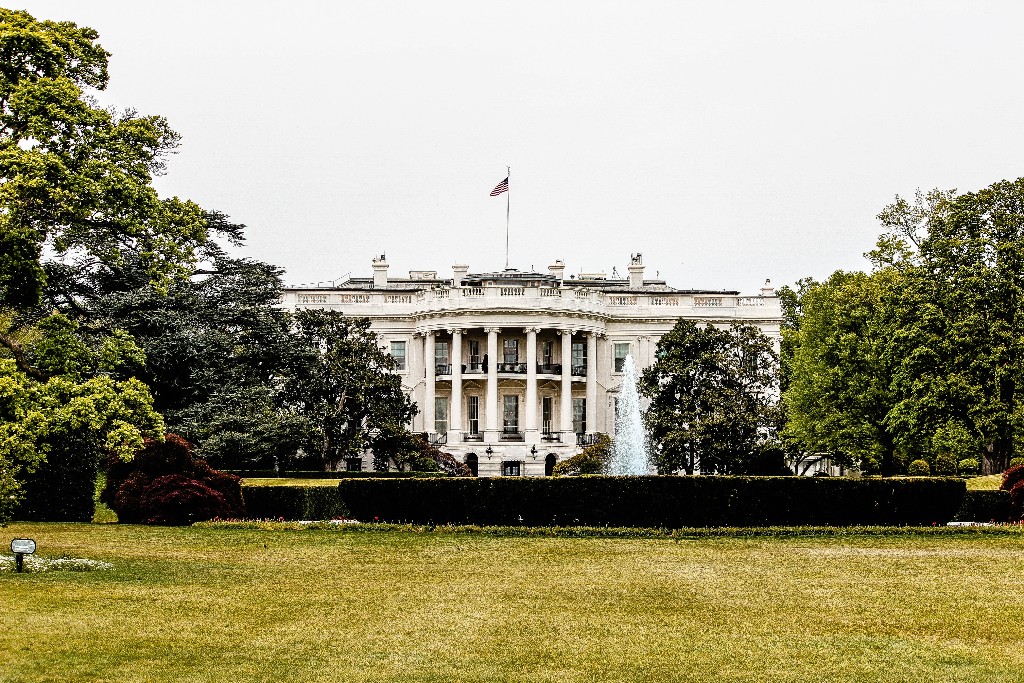The White House Historical Association has launched a new research initiative during Black History Month in order to give an insight into the history of slavery at the presidential residence and its neighborhood.
Entitled “Slavery in the President’s Neighborhood,” the project tells the stories of the enslaved and free African Americans who built, lived, and worked at the White House. It explains in detail “the complicated past and the paradoxical relationship between slavery and freedom in the nation’s capital.”
In a press release on February 3, Stewart McLaurin, President of the White House Historical Association, stated that there were few written accounts of the enslaved and free African Americans who played a role in the history of the White House, which is why his team wanted to focus on “identifying those individuals and returning them to the historical forefront by telling their stories.”
McLaurin added that they also aimed at creating a platform to continuously keep gathering information on life at the White House during that era and sharing it with the public
The website includes a list of all known enslaved people who built, lived, and worked in the White House and nearby properties during the 18th and 19th centuries, noting that research into the unidentified slaves that were associated with the White House is ongoing.
The researchers also ask the public for help about any of the individuals on the list if they have further information on them or if they know of a person not included on the list.
On the website, there is a Frequently Asked Questions (FAQ) section that presents answers to a number of questions such as “Which U.S. presidents relied on enslaved labor at the White House?”, “What roles did enslaved people fill at the White House?” and “Where did enslaved people live in the White House?”
And there is a map demonstrating the movement of enslaved laborers who were transported to Washington, D.C. to build the executive mansion and the Capitol Building. Due to the capital’s small population, the commissioners hired out enslaved people from slave owners in Maryland, Virginia, and the District.
Another impressive feature is a virtual tour of the Slave Quarters at Decatur House on Lafayette Square. The place is one of the very few ones of the same sort still existing near the White House.
The White House Historical Association was founded in 1961 with the help of First Lady Jacqueline Kennedy “to support her vision to preserve and share the Executive Mansion’s legacy for generations to come.” For more information on the non-profit organization, you can visit www.whitehousehistory.org.

